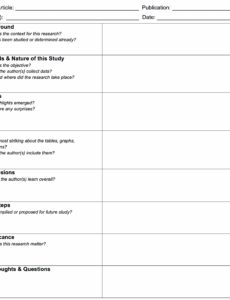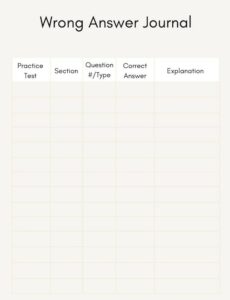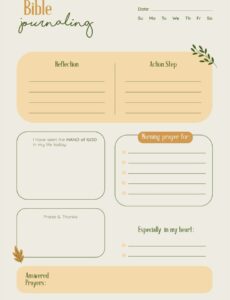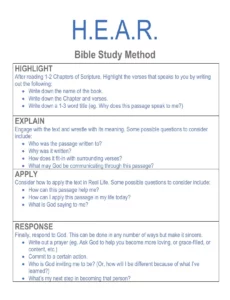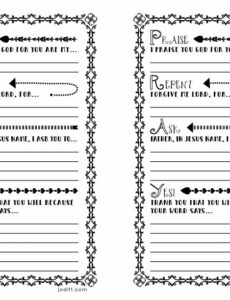Teaching is an incredibly rewarding profession, yet it’s also one that demands constant energy, adaptation, and a deep well of empathy. In the whirlwind of lesson plans, classroom management, student needs, and administrative tasks, it’s easy for educators to feel overwhelmed and to lose sight of their own growth and well-being. Taking a moment to pause and genuinely reflect on your experiences is not a luxury, but a vital practice for sustained success and preventing burnout.
This intentional pause allows you to process daily events, celebrate small victories, and learn from challenges. While the idea of reflective practice is widely acknowledged, actually doing it consistently can be tough without a clear structure. That’s where a well-designed template comes in – it provides the guidance and prompts needed to transform scattered thoughts into actionable insights, making reflection a manageable and meaningful part of your routine.
The Unseen Power of Reflective Practice for Educators
Engaging in reflective practice is a cornerstone of professional development for any teacher. It’s about more than just thinking back on your day; it’s a structured process of critically examining your teaching methods, classroom interactions, and student outcomes to foster continuous improvement. This deep dive into your experiences helps you pinpoint what truly works, understand the root causes of difficulties, and develop innovative solutions for the future.
When you regularly reflect, you begin to see patterns emerge in your classroom. You might notice which teaching strategies consistently lead to high student engagement, or identify specific triggers for disruptive behavior. This awareness empowers you to refine your approaches, making your lessons more impactful and your classroom environment more conducive to learning. It moves you beyond reactive teaching to a more proactive and intentional style.
Beyond instructional improvements, reflection also plays a crucial role in a teacher’s emotional intelligence and resilience. It provides a safe space to process feelings of frustration, success, and even self-doubt, transforming them into opportunities for personal growth. By acknowledging your emotions and understanding their influence on your teaching, you can cultivate a more balanced and empathetic approach to your work, benefiting both yourself and your students.
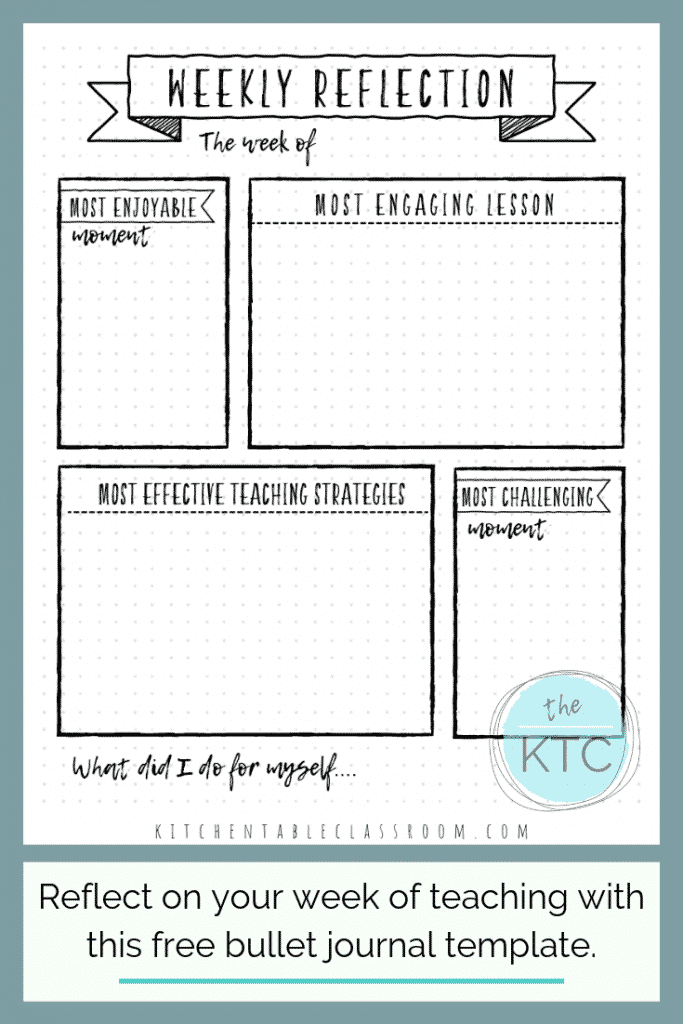
Ultimately, consistent reflection cultivates a growth mindset, turning every classroom experience – good or bad – into a valuable lesson. It builds self-awareness, allowing you to align your teaching practices with your core educational philosophies and values. This continuous learning cycle ensures you remain vibrant, innovative, and deeply connected to your purpose as an educator.
Key Benefits of Consistent Reflection
- Improved Lesson Planning: Identifying effective strategies and areas for refinement.
- Enhanced Classroom Management: Understanding triggers and developing proactive responses.
- Greater Student Engagement: Tailoring approaches to better meet diverse learning needs.
- Personal Growth and Well-being: Processing emotions and building resilience.
- Informed Decision-Making: Basing future actions on clear, evidence-based insights.
Having a structured approach, like using a template, ensures that this powerful practice doesn’t fall by the wayside. It provides a consistent framework, transforming abstract thoughts into concrete entries that can be reviewed over time.
Designing Your Personal Reflective Journal Template
Creating a reflective journal template for teachers isn’t about finding a rigid, one-size-fits-all solution; it’s about crafting a tool that resonates with your unique teaching context and personal style. The beauty of a template lies in its ability to guide your thoughts without stifling them, ensuring you touch upon key areas of your practice consistently. Think of it as a scaffold for your reflections, helping you build a strong foundation of self-awareness and professional growth.
A good template will include a mix of open-ended prompts and structured sections. You might start with basic details like the date, subject, and grade level, but then move into more analytical questions. The aim is to encourage you to move beyond simply describing events to truly dissecting them, asking “why” and “how” rather than just “what.” This deeper inquiry is where the most valuable insights are found.
Consider incorporating sections that address different facets of your teaching day. For instance, you could have a section dedicated to specific student interactions, another for lesson delivery and curriculum effectiveness, and perhaps a space for your personal feelings and well-being. Tailoring these categories to your current professional goals or areas you wish to improve can make the reflection even more targeted and effective.
Remember, this is your personal tool. Don’t be afraid to experiment with different layouts or questions until you find what works best for you. Whether you prefer a physical notebook, a digital document, or a simple bullet journal, the consistency of its use is far more important than the medium itself. The goal is to make reflection an accessible, enjoyable, and enlightening part of your professional life.
Thought-Provoking Prompts for Your Template
- What went particularly well in a lesson today/this week? What factors contributed to its success?
- What was a challenging moment? How did I respond, and what might I do differently next time?
- How did a specific student or group of students engage with the material? What does this tell me about their learning?
- What emotions did I experience during the day, and how might they have influenced my teaching or interactions?
- What is one new insight or “aha!” moment I had about my practice or my students?
- What is one actionable step I can take based on today’s reflections to improve my teaching?
By regularly engaging with these kinds of prompts, you’re not just documenting your days; you’re actively shaping your future as an educator. You’re building a rich archive of experiences, lessons learned, and growth points that will serve as an invaluable resource throughout your career.
Embracing reflective practice is a transformative journey that empowers teachers to continually evolve, refine their craft, and find deeper satisfaction in their vocation. It’s an investment in your own professional longevity and, by extension, in the quality of education you provide to your students. Every entry, every thought, contributes to a clearer understanding of your impact and your potential.
Starting this practice, perhaps with a simple template to guide your initial steps, can lead to profound changes in your approach to teaching and your overall well-being. It’s about cultivating a habit of intentional growth, ensuring that each day in the classroom is not just experienced, but truly learned from, making you a more effective, resilient, and inspired educator.
